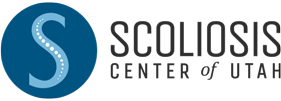Scoliosis
What is Scoliosis?
 Normally, the spine has a distinct “S” curve when viewed from the side and appears straight when viewed from the back.
Normally, the spine has a distinct “S” curve when viewed from the side and appears straight when viewed from the back.
Scoliosis is a progressive condition, characterized by lateral movement of the spine.
It compromises the spine’s stability and integrity, causing everything from nerve compression to posture problems, to altered biomechanics.
If left untreated, symptoms caused by scoliosis can become severe and debilitating.
See More Athletes With Scoliosis
Who’s Affected by Scoliosis?
Scoliosis affects both adults and children in varying degrees of severity.
It’s usually more serious in children (congenital) and can become progressively worse during growth and development years if left untreated.
Scoliosis can be diagnosed in children as young as 3 (juvenile scoliosis) and some babies (infantile scoliosis).
It’s most commonly diagnosed in youth during years of growth spurts, around ages 11 to 15 (adolescent scoliosis).
For adults, idiopathic scoliosis can occur at any stage of life for a variety of reasons; however, research suggests genetic factors play a role in development.
Adults who develop scoliosis usually have prior disc conditions or spinal degeneration as a contributing factor (de novo scoliosis).
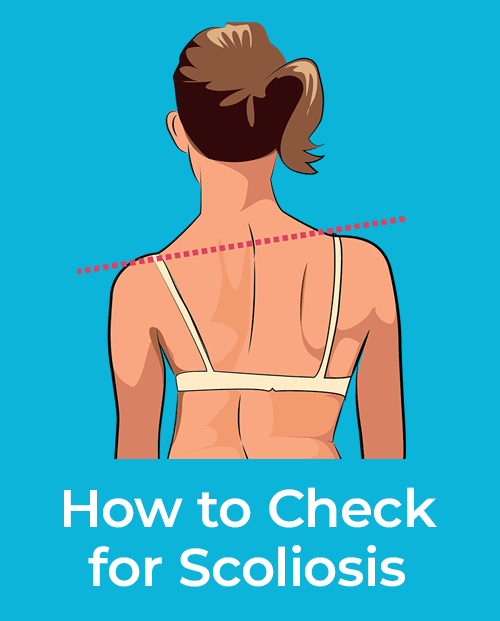 How to Check?
How to Check?
To see if you or a loved one is suffering from scoliosis, click on the button below for a step-by-step online assessment.
What Are the Symptoms?
Scoliosis may initially be symptom-free, but produce symptoms during periods of physical growth and maturity, such as puberty.
Other degenerative conditions can also give way to scoliosis, eroding spine health further and further with age.
Effects of scoliosis include poor posture, shoulder slumping, muscle weakness, pain, range of motion restriction, and disability.
In some cases, scoliosis will generate serious lung and heart conditions as the spine compresses against those organs.
Less understood are the potential effects of scoliotic compromise of the nervous system, which may result in chronic organ illnesses.
Scoliosis is best detected early and treated immediately. Often, scoliotic curves can be mitigated or improved, and symptoms avoided altogether if treated early enough.
If left untreated, scoliosis may progress and require surgery – including spinal fusion in severe cases, which involves inserting rods to straighten the spine.
A proactive, conservative approach, such as bracing, may be enough to correct early-stage.
In adults, the most common problems caused by scoliosis include pain, poor posture, and — in severe cases — disability.
Continued misalignment of the spine will only get worse without proper adjustment, bracing, and treatment.
Fortunately, advancements in scoliotic bracing and intensive specialized rehabilitative exercise have greatly improved the prognosis of adult patients in recent years.
Non Invasive
Safe & Effective
No Downtime
Types of Scoliosis

Infantile Scoliosis
Infantile scoliosis is rare, affecting children younger than 3 years of age. It begins to develop in the first 6 months of life. Like other types of scoliosis, it is characterized by an abnormal sideways S or C curve of the spine. Sometimes, It can resolve spontaneously; however, it often progresses to a more severe form of scoliosis. Treatment may involve observation, specific exercises, bracing, and, as a last resort, surgery.
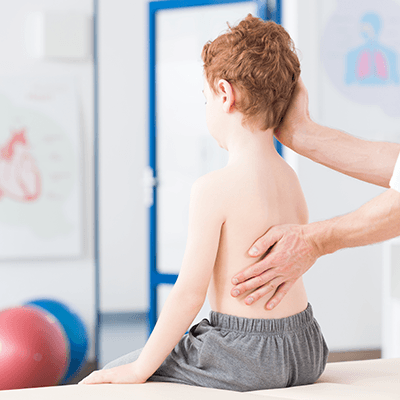
Juvenile Scoliosis
Juvenile scoliosis affects children between ages three and nine. It’s characterized by the hallmark abnormal sideways S or C curve of the spine. Girls tend to be more susceptible to the condition than boys, and curves tend to bend more often to the right. Interestingly, curves to the left tend to have a better prognosis.
Children with juvenile scoliosis generally have a high risk of progression. Seven out of 10 children with this condition will require active treatment to mitigate its severity and associated risks. Treatment usually requires bracing, and many cases require some form of surgery. Early detection and proper management are recommended for the best outcome.
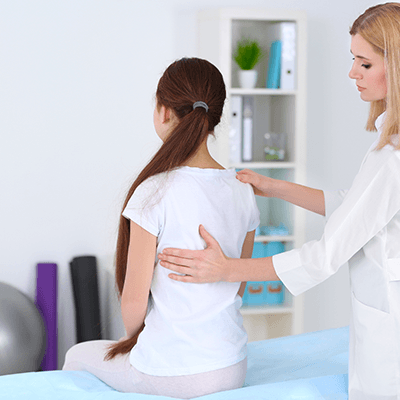
Adolescence Scoliosis
Adolescent scoliosis affects adolescents and young adults. It’s typically diagnosed by puberty and is more easily diagnosed in girls than boys. Children with adolescent scoliosis tend to be generally healthy outside of posture issues.
This condition has a better prognosis than juvenile scoliosis, but can still progress to a significant deformity if not detected early and properly managed. It is not uncommon for untreated cases of adolescent to escalate into chronic back pain and mobility issues.

Adult Scoliosis
There are two types of adult scoliosis: Pre-existing, untreated adolescent scoliosis (Adolescent Scoliosis in Adults, or ASA), and the development of scoliosis as a result of spinal degeneration (Degenerative De-Novo Scoliosis or DDS).
Adults with ASA may have a previously diagnosed form of adolescent scoliosis. ASA may be progressive or stable, depending on the individual case. With a previous diagnosis, monitoring progression is easy through the comparison of current X-rays and adolescent X-rays. In situations where scoliosis is discovered in adulthood, determining a pre-existing adolescent condition can be difficult.
DDS usually develops in middle-aged and older adults, typically diagnosed around age 45 or older. Because DDS results from degenerative instability, it’s almost always progressive. The most common symptom is chronic lower back pain. Treatment for Adults may involve, bracing, specific exercises, and chiropractic adjustments.
Contact Scoliosis Center Of Utah today, our experts will give you the best advice.
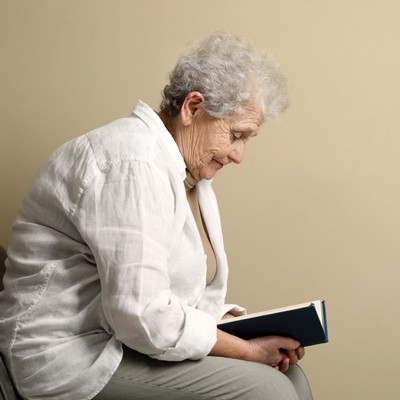
Elderly Scoliosis
Approximately two-thirds of the elderly population experience scoliosis, with pain often accompanying this condition in older patients. Adult Scoliosis, also known as Adult-Onset Scoliosis, differs from Adolescent Idiopathic Scoliosis. It manifests as a degenerative curvature of the spine, primarily due to the degeneration of spinal joints.
Typically emerging in individuals over the age of 65, this type of scoliosis affects a larger portion of the spine, extending to the neck region. Usually presenting as a C-shaped curve in the lumbar spine, it is often linked to spinal degeneration, medically termed Spondylosis. Factors contributing to this condition include the weakening of spinal ligaments and soft tissues, alongside the development of bone spurs, resulting in abnormal spinal curvature.
Additionally, osteoporosis, vertebral compression fractures, and disc degeneration can exacerbate adult-onset scoliosis. Spinal tumors, such as osteoid osteoma, also represent potential culprits, inducing pain and prompting individuals to lean to one side to alleviate pressure, thereby contributing to spinal deformity. Degenerative scoliosis stands as the predominant form of scoliosis observed in adult populations.
Do You Qualify for Care?
Schedule an Appointment Below
